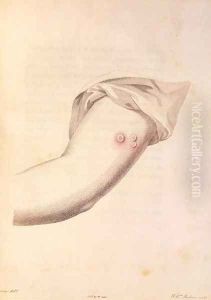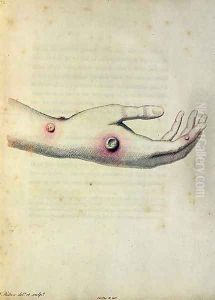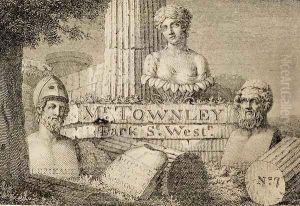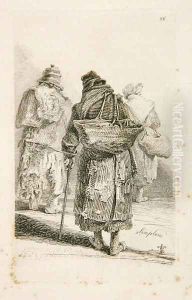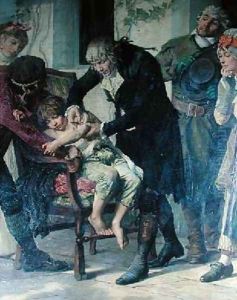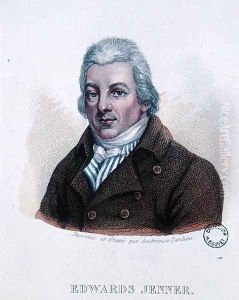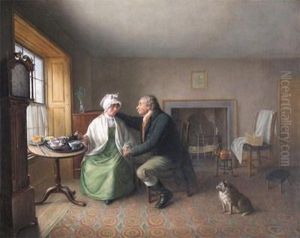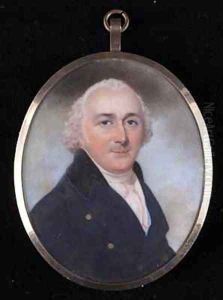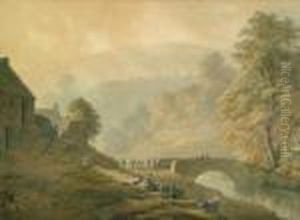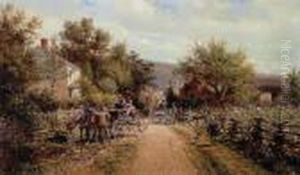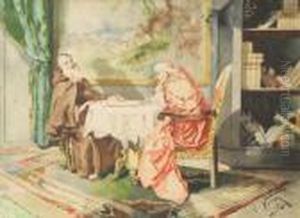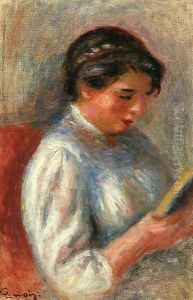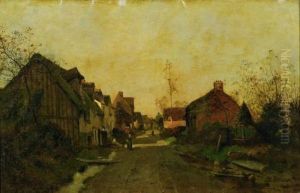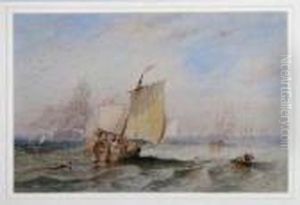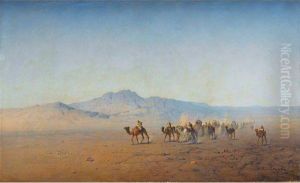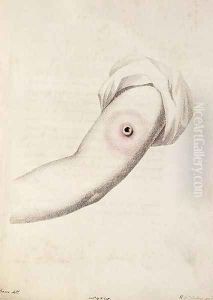





Cowpox pustule on an arm, from An Inquiry into the Causes and Effects of the Variolae Vaccinae by Edward Jenner 1749-1823 engraved by Pearce, c.1800
-
About Reproduction
Discover the allure of art with our faithful reproduction of "Cowpox pustule on an arm, from An Inquiry into the Causes and Effects of the Variolae Vaccinae by Edward Jenner 1749-1823 engraved by Pearce, c.1800", originally brought to life by the talented William Skelton. Unlike posters or prints, our hand-painted oil painting breathes an unique sense of depth and texture into your space. Every detail, every stroke, and every texture is meticulously recreated, paying the perfect homage to William Skelton and his artistic vision.
Owning this piece is more than just decoration - it's a statement of your refined taste in art. Let the vibrant colors and intricate details of this replica serve as a daily reminder of the beauty in our world. Elevate your decor and appreciate the richness of art with our replica of this masterpiece.
-
Painting Description
"Cowpox pustule on an arm, from An Inquiry into the Causes and Effects of the Variolae Vaccinae" is an iconic engraving by William Skelton, created circa 1800, which visually documents a pivotal moment in medical history. The engraving depicts a cowpox sore on a human arm, serving as an illustration for Edward Jenner's groundbreaking work "An Inquiry into the Causes and Effects of the Variolae Vaccinae," which was first published in 1798. Edward Jenner, an English physician and scientist, is often hailed as the pioneer of the smallpox vaccine, the world's first vaccine.
The image, engraved by Pearce under the direction of William Skelton, is a detailed representation of the local reaction to the inoculation of cowpox material, which Jenner used to demonstrate the potential of cowpox to confer immunity against the more deadly smallpox. Jenner's work laid the foundation for the field of immunology, and his method of inoculation was a precursor to modern vaccination. The engraving not only served as a scientific illustration for Jenner's treatise but also became a visual symbol of the early vaccine movement.
William Skelton was a prominent British engraver of the late 18th and early 19th centuries, known for his precision and skill. His work on this engraving helped disseminate Jenner's findings to a broader audience, contributing to the eventual widespread acceptance of vaccination and the eventual eradication of smallpox. The engraving stands as a testament to the intersection of art and science, and to the role of visual documentation in the advancement of medical knowledge.
-
Lead Time & Shipping
When you order this oil painting replica, it typically takes 2-3 weeks to paint. If the artwork is more complex, it might need a little more time to ensure the best quality. Once it's ready, we'll send you a photo for your approval. After you give the green light, we'll ship it to you for free.
-
Return & Refund
We believe in the quality of our hand-painted oil painting reproductions, and your satisfaction is our priority. If for any reason, you are not completely satisfied with your purchase, we offer a 45-day return policy. You can return your artwork within 45 days of receipt and receive a full refund. Please note that the artwork must be returned in the original packaging and in the same condition as it was received.





